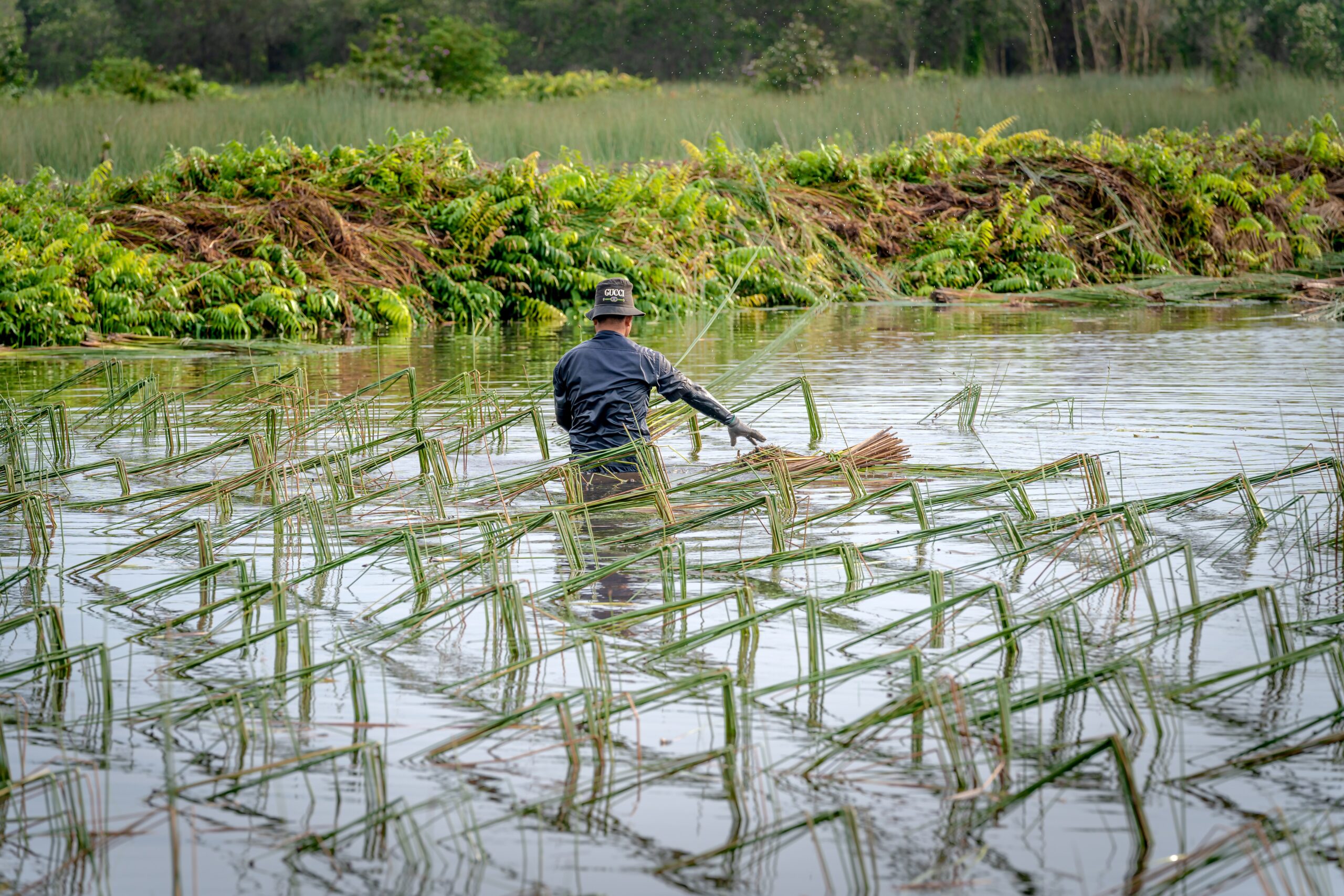In a world where a growing population and changes in climate are pushing natural systems to their limits, regenerative farming practices offer an innovative solution. Regenerative agriculture is a holistic approach to farming that improves soil health, reduces greenhouse gas emissions, and produces higher yields than conventional methods — all while reducing water use!
What Is Regenerative Farming?
Regenerative farming is a holistic approach to agriculture that aims to restore, enhance, and protect the environment. It mimics natural processes to build up soil health and fertility. Regenerative farmers use organic practices and principles such as crop rotation, composting, cover cropping (growing short-lived plants between rows of crops), no-till/low tillage methods, seed saving etc., which help improve soil quality by increasing organic matter content in the topsoil while also sequestering carbon dioxide from entering our atmosphere through photosynthesis by plants.
What Is Regenerative Farming Important?
Regenerative farming is a new agriculture approach aiming to restore soil health. It uses techniques that can improve soil health and increase carbon sequestration, which can help reduce water pollution and greenhouse gas emissions.
In addition to its environmental benefits, regenerative farming also offers economic benefits for farmers: it reduces costs by reducing or eliminating pesticides, fertilizers, and tilling; improves yields through increased organic matter content in soils; increases biodiversity on farms (which can lead to higher quality produce); and increases resilience against climate change since soils hold more water during droughts than conventional agriculture methods do.
The Potential Global Impact of Regenerative Farming
There is a lot of talk about the potential for regenerative farming to increase food production, and that’s true. But what if we could also use it to reduce climate change? It turns out that regenerative agriculture practices can help us do just that by increasing soil health and water retention, which in turn helps prevent erosion and allows plants to grow deeper roots into the ground–allowing them access to more nutrients as they grow. This means less runoff into waterways and less pollution overall! In addition, these practices also sequester carbon dioxide from the atmosphere while providing habitat for pollinators like bees or butterflies (threatened by climate change).
What’s Next and What Can We (As Consumers) Do?
- The World Health Organization estimates that about one-third of all food produced is wasted, and because of how we grow and distribute our food, much of this waste happens at home. If you throw out your leftovers, they could go to people who need them instead. As consumers, we should always aim to buy only what we need so that no food goes to waste–and if there are any leftovers after dinner? Give it away!
- Eat less meat and more plants (duh). Meat production has been linked with climate change in various ways: livestock takes up land space; produces methane gas when it burps; requires more water than crops do; etcetera ad nauseam. So go ahead: cut down on animal products in favor of plant-based foods whenever possible–it’ll help the planet and your health!
- Be conscious of where your food comes from. One thing we’ve noticed since becoming more aware of how agriculture affects climate change is how much easier it makes us feel when we buy local produce at farmer’s markets or at grocery stores like Whole Foods Market, where they advertise their items as being grown locally (which means they don’t have far-flung supply chains).

